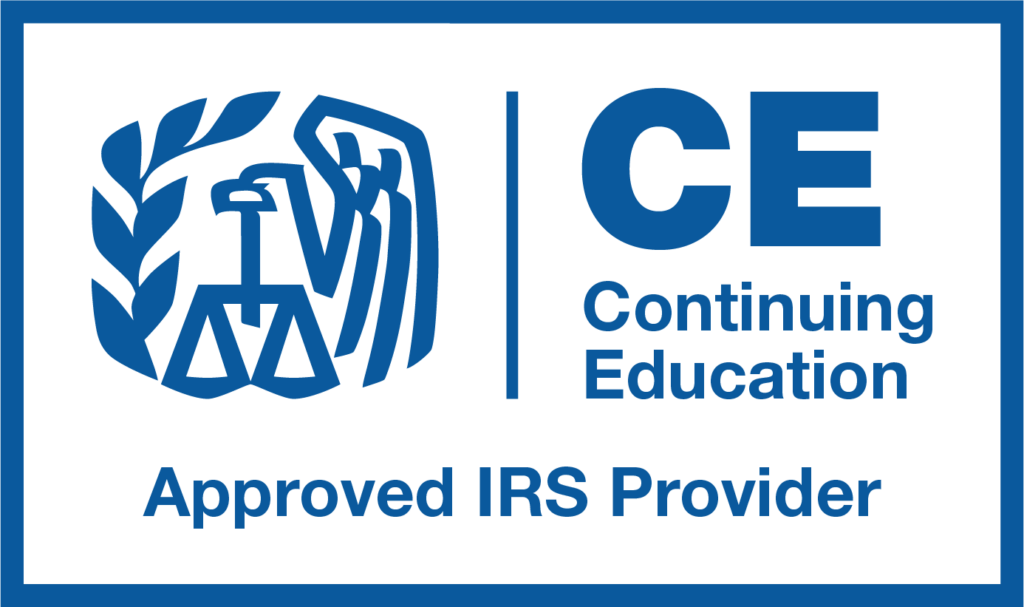Thanks for your interest in the SECURE Act 2.0’s new starter 401(k) and tax sheltered annuity plans that became available in 2024. Read on for more information about them.
Let’s begin with the eligibility requirements. The term eligible employer, for purposes of establishing a starter 401(k) plan, means any employer that doesn’t maintain a qualified retirement plan. The costs to the employer may be as low as $40 and a small fee for each participant—$4 or $5 is suggested under some plans—per month. And the employer’s modest cost may be offset by the Act’s expanded plan startup tax credit. An eligible employee means any employee who is age 21 or has completed one year of service for the employer.
Part of the requirement to participate in the new 401(k)/tax sheltered annuity plan is automatic deferral. Under the automatic deferral requirement, each eligible employee is treated by the employer as having elected to be a part of the plan and has authorized the employer to make elective contributions on their behalf in an amount equal to a percentage of their income, i.e., any uniformly-applied percentage of not less than 3% or more than 15% of compensation. Although treated as having the employer make elective deferrals of a percentage of income, eligible employees may, nonetheless opt out and have:
· No elective deferrals made; or
· Elective deferrals made at a different level specified by the employee.
There are some important differences—in addition to price—between a startup 401(k) or tax sheltered annuity and a traditional plan. The principal difference is the limit on an employee’s contribution: $6,000 ($7,000 if age 50+) for a starter plan but $23,000 ($30,500 if age 50+) for a traditional plan.
A discussion of this and other provisions of the SECURE Act 2.0 may be found in our continuing education course. Secure 2.0 course link here.




